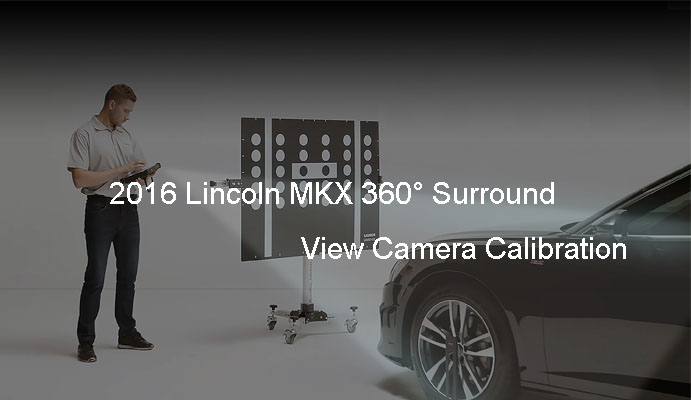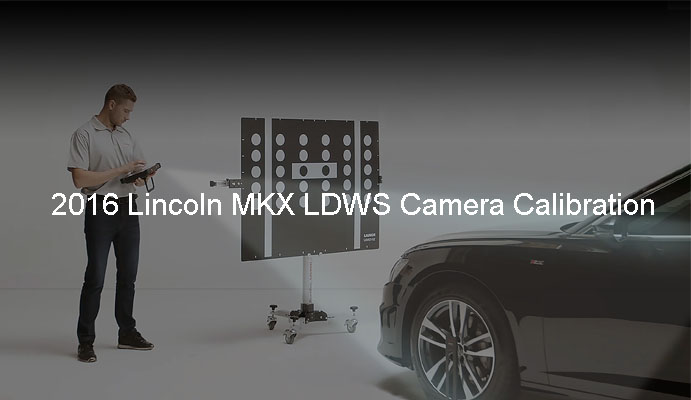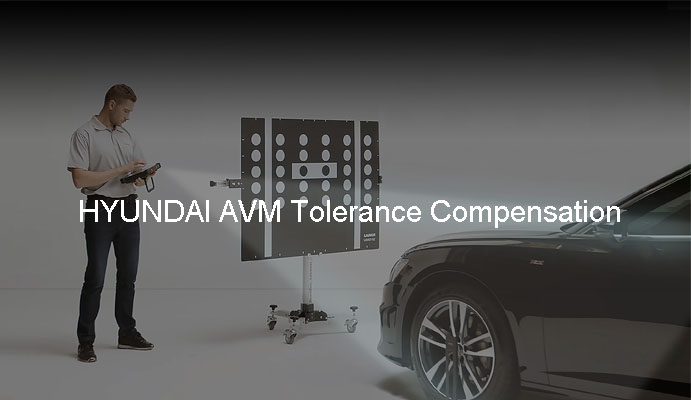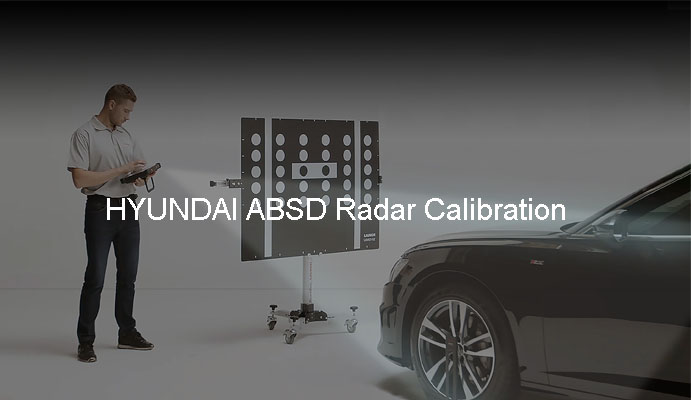What is blind spot detection in ADAS?
Blind spot detection is an advanced driver assistance system (ADAS) feature that uses sensors or cameras to detect vehicles or objects in a driver's blind spot. The blind spot is the area on the side of the car that the driver can not see when looking in the rearview mirror or side-view mirror.
How does blind spot detection work?
Blind spot detection systems typically use sensors or cameras to detect vehicles or objects in the driver's blind spot. The techniques used may vary by manufacturer, but the basic process is generally similar across systems.
Here are the basic steps that a blind spot detection system might use to detect vehicles in the blind spot:
1. Sensors or cameras are installed on the sides or rear of the vehicle. These sensors may use radar, ultrasonic waves, or other technologies to detect the presence of objects.
2. The system constantly monitors the area around the vehicle, looking for any objects that could be in the blind spot.
3. When the system detects an object in the blind spot, it sends a signal to the car's computer.
4. The computer analyzes the signal and determines whether the object is a vehicle or something else.
5. If the object is a vehicle, the system alerts the driver with a visual or auditory warning. The warning may appear in the form of a light on the side mirror or dashboard, or an audible beep.
6. The warning may continue until the vehicle is no longer in the blind spot, or until the driver acknowledges the warning and takes action.
Overall, blind spot detection is a valuable safety feature that helps reduce the risk of accidents caused by lane changes. It's becoming more common in newer vehicles as automakers continue to prioritize safety and incorporate advanced driver assistance systems.
Can you install blind spot detection?
Yes. If there is no blind spot detection system built into the car from the factory. In that case, there are aftermarket blind spot detection systems that a professional technician can install.
These systems can vary in terms of their features and installation requirements, but most of them use similar technology to factory-installed systems. Some aftermarket systems use sensors or cameras that are mounted on the car's exterior, while others may use sensors that are built into the car's bumper or other parts.
When considering an aftermarket blind spot detection system, it's important to research the different options available and choose a system that is compatible with your car's make and model. It's also important to have the system installed by a professional technician, as the installation process can be complex and requires specialized knowledge.
While an aftermarket blind spot detection system may not be as seamlessly integrated into your car's design as a factory-installed system, its capability to offer a significant safety feature remains intact, aiding in accident prevention and enhancing your driving experience in general.
Do all cars have blind spot detection?
No, not all cars have blind spot detection as a standard feature. Blind spot detection is a relatively new safety technology that has become more common in recent years, but it is still not standard on all vehicles.
Blind spot detection is more commonly found on newer, higher-end vehicles, but it can also be found on some mid-range and budget models as well. However, it's important to note that even on vehicles that do have blind spot detection, this feature may be included only in certain trim levels or as an optional extra, and not as a standard feature on all models.
Additionally, some older cars may not have blind spot detection available as an aftermarket option, as the technology was not widely available until relatively recently.
Also, some older cars may not have blind spot detection as an aftermarket option.




